Drywall screws have become the primary fastener for attaching complete or partial drywall sheets to wall studs or ceiling supports.
Drywall screw lengths and sizes, thread types, head, ends, and composition may seem confusing at first.
Unlike other types of screws like machine screws that are typically used in heavier construction projects, drywall screws are specifically used on lighter construction works and are for indoors only.
In the realm of do-it-yourself home repair furniture hardware, knowing the basics of using drywall screws is important to keep your furniture materials in good condition and secured for a long time.
Today, we will be discussing all that you need to know about drywall screws including their other surprising uses, the difference between drywall screws and woodscrews, and how to install them properly.
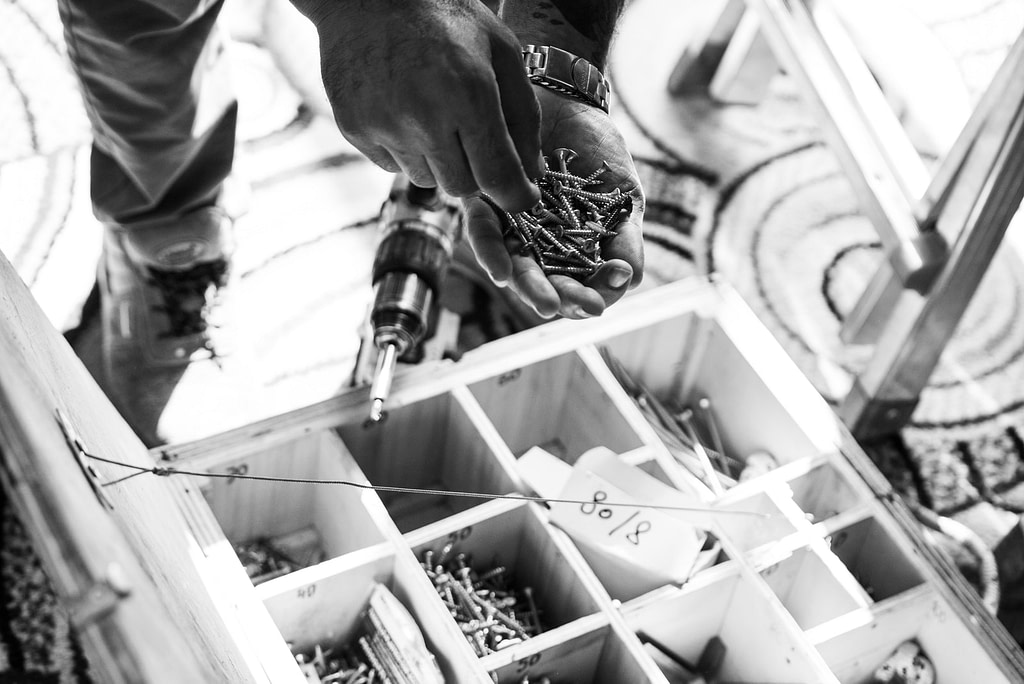
3. Incredible uses of drywall screws
4. How to install drywall screws?
1. Lengths of drywall screws
Furniture screws used in construction are typically 1 inch to 8 inches long.
The reason for this is because construction materials come in a variety of thicknesses, ranging from sheet metal to four posts and even thicker.
That is not the case with drywall.
The majority of drywall used in houses is 1/2-inch thick.
Thickness may occasionally increase or decrease, although only by a little amount.
The only time do-it-yourselfers will have to put thicker drywall is when working with fire code or type-x drywall.
Type-x drywall is somewhat thicker at 5/8-inch and is used in garages and walls close to furnace rooms to delay the spread of fire.
Drywall that is 1/4-inch thick is often utilized as a wall and ceiling facing.
Since it is flexible, it can be shaped into shapes.
Nonetheless, the vast majority of drywall put by do-it-yourselfers in kitchens, restrooms, and other public spaces will be 1/2-inch thick.
2. Thread of drywall screws
Coarse Thread
For most drywall and wood stud applications, coarse-thread drywall screws are the better option.
The broad threads grab the wood well and draw the drywall up against the studs.
One disadvantage of coarse-thread screws is that metal burrs may get embedded in your fingertips.
When dealing with coarse-thread drywall screws, use gloves.
Fine Thread
Because fine-thread drywall screws are self-threading, they are ideal for use with metal studs.
For attaching drywall to metal studs, use fine-thread drywall screws.
Coarse threads have a habit of chewing through the metal and never obtaining enough traction. Because fine threads are self-threading, they function well with metal.
Fine-thread drywall screws do not penetrate wood as effectively as coarse-thread screws.
3. Incredible uses of drywall screws
Drywall screws are mostly used to secure complete sheets of drywall (typically 4-foot by 8-foot for do-it-yourselfers) or partial sheets of drywall to wood or metal studs furniture material.
Drywall screws may be used to fix nail pops.
If you have an older home and see strange circular lumps on the walls, you have what is known as nail-pops.
Prior to the widespread usage of drywall screws, plasterboard was hammered into place using short, wide-head nails.
While drywall nails are still used as a rapid way to connect wallboard, drywall screws are developed as the primary technique of attaching drywall to studs due to the nail-pop issue.
Drywall screws are prone to brittleness. They may snap if not attached to suitable furniture material.
Drywall screw heads are prone to coming cleanly off, leaving the shaft portion stuck in your wood. A headless screw cannot be removed using a screw extractor.
Few woodworkers will ever use drywall screws for heavy wood projects.
Avoiding the use of drywall screws is particularly essential while doing heavy or even moderate construction activities, especially when working on outside projects such as fences and decks.
Drywall screws cannot be an outdoor screw because it is susceptible to corrosion and damages.
Drywall screws, on the other hand, may be utilized for minor building projects or temporary construction where safety is not an issue.
Many sourcing companies these days are keen on providing drywall screws because of their proven usage in particular constructions.
4. How to install drywall screws?
A drywall screw gun is required to drive drywall screws.
This is a specialized drywall hanging tool. It is smaller, lighter, and has less torque than other cordless drills.
A drywall bit should be used in conjunction with the screwdriver. The screw may be seated at the proper depth using a drywall bit. This allows it to be filled in and painted over.
The correct size of drywall screws should be chosen. Make sure the screw is at least 10 mm longer than the drywall thickness.
The placement of the studs should be noted. You must move the drywall panel to the proper location. Screws should be at least 6.5 mm from the wall’s edge.
Make sure your screwdriver is adjusted to the appropriate depth. Then screw on the collated drywall screw.
To install the screws, grip the drywall firmly while holding the screw gun. Screw the drywall and base material together.
To correctly drive a drywall screw, puncture the outer paper with the screw’s sharp tip.
Insert the drill bit into the screw, turn on the drill, and let the screw drive itself into the drywall and stud.
Exert additional effort when the screw is three-quarters of the way in to prevent it from camming out.
When the head and the paper are even, you must come to a complete stop. Give another quarter or half-turn to the screw to allow it to descend slightly below the paper.
Screws should be spaced 12 inches apart.
This implies that 5 screws will be required to hang a 48-inch sheet perpendicular to the stud.
To calculate the fastening spacing for your drywall screws, check your local building code.
5. Wood screws vs. Drywall screws
To ensure the success of your project, it is essential to match the type of screw to the kind of task at hand.
Simply checking at the screw’s name will tell you what material it is made of.
As a result, drywall screws are used to secure drywall sheets to wood or metal frames. Wood screws are used to connect wood components together.
Wood screws are made of zinc-plated steel, stainless steel, silicon, and bronze.
Drywall screws, on the other hand, are made of case-hardened steel.
Drywall screws are typically black in color because the steel is coated with black phosphate.
Wood screws are not connected below the screw head and have a smooth feel to them.
This smooth portion of the wood screw glides over the top half of the wood, allowing the screw’s head and threads to bind together both planks of wood.
There are threads nearly all the way to the head of drywall screws.
When utilizing wood screws, a lot of preparation work is required. For the threads, a pilot hole must be bored first.
You must additionally drill a larger hole to accommodate the length of the unthreaded shaft. There’s also a countersink hole for positioning the head.
Wood screws are numbered from 0 to 20. This denotes a diameter ranging from 1/16” to 5/16”.
Wood screw lengths are measured in fractions of an inch ranging from 1/2” to 4”.
The numbering of drywall screws ranges from 6 to 10. These figures represent threads per inch.
Wood screws have various heads that correlate to the kind of driver required to install them. It also specifies the purpose for which the screw is intended.
Wood screws are typically used in furniture materials such as wood shelf supports.
Bugle heads are used on drywall screws. These heads are installed a bit below the drywall’s surface.
A pilot hole is required to get wood screws started. Drywall screws feature strong, sharp teeth that allow them to self-start.
A pilot hole is not required for self-tapping screws. You may use a manual or electric screwdriver to push them into the drywall.
To get a proper look at which one is the best material for your construction project, seeking help from a professional furniture hardware supplier is your best option.
6. Takeaways
Just a couple of reminders before concluding the article:
Because drywall screws rust quickly, they should not be used outside or in moist areas.
Some people may cover their drywall with multiple coats of high-quality paint to protect it from moisture.
This, however, is not necessarily a smart approach.
Green board drywall should be used for installing drywall in damp or moist locations.
Water-resistance is provided by the Green board drywall. Its gypsum core has been coated with a silicone-like water repellant. Its exterior paper is likewise resistant to moisture.

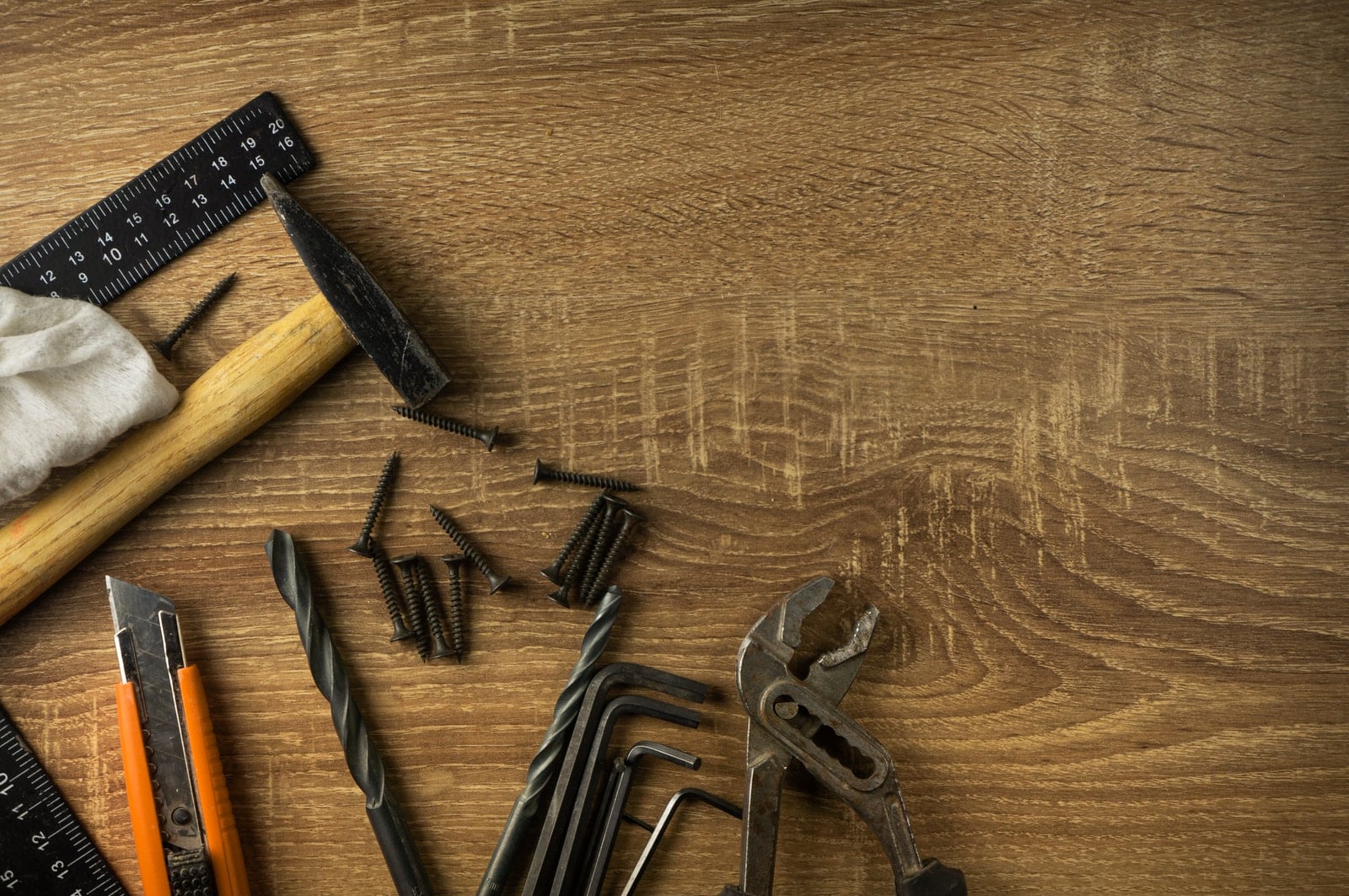
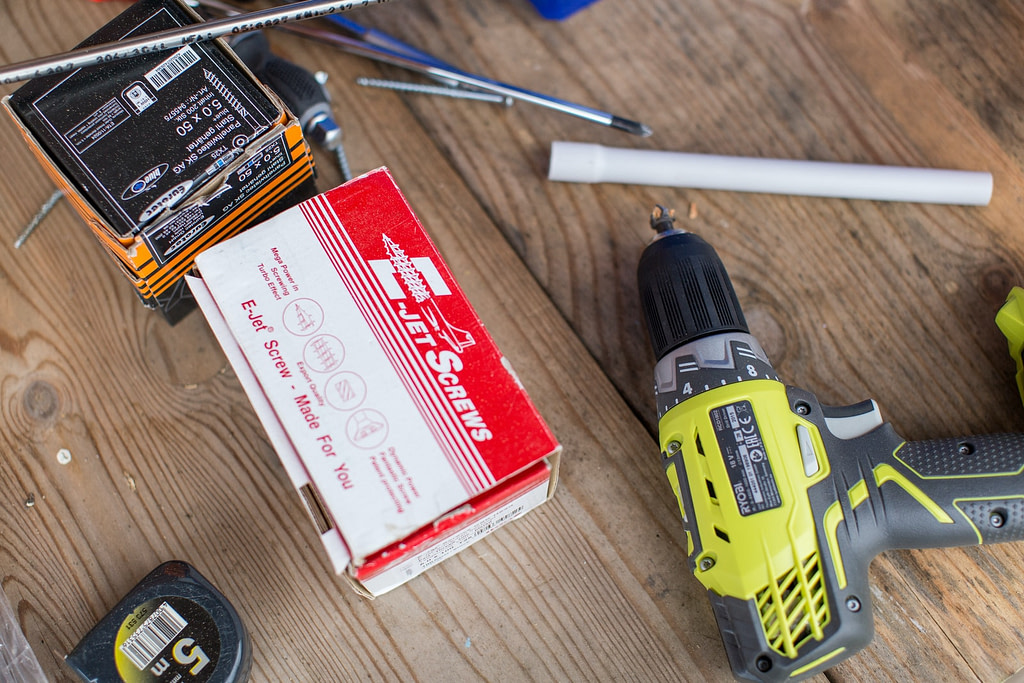
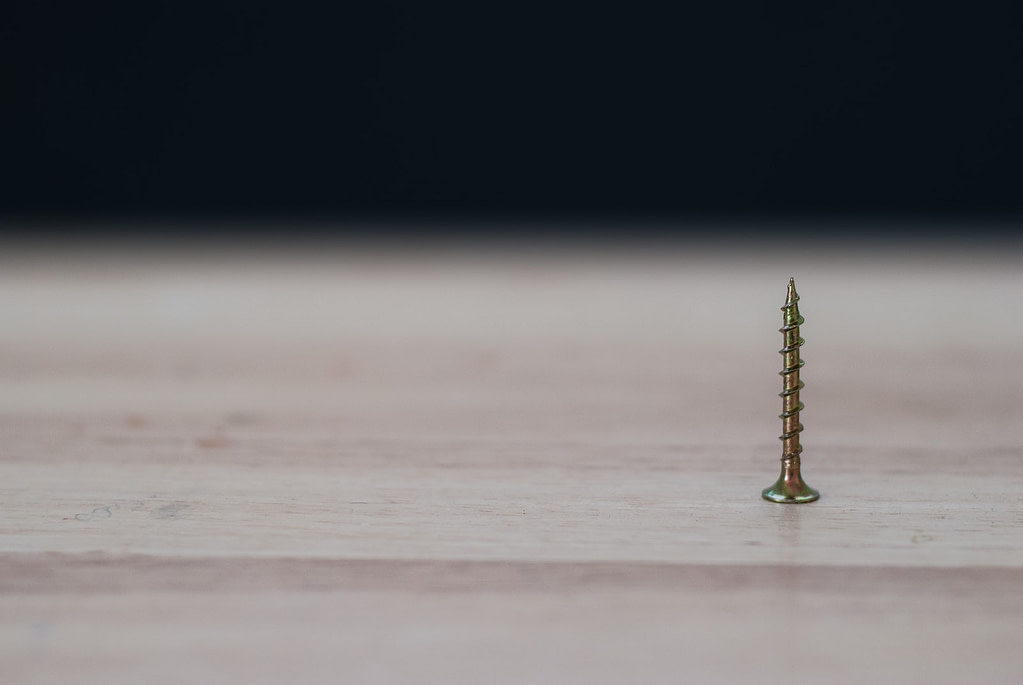

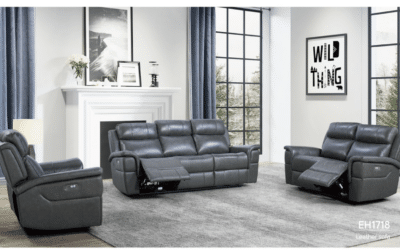


0 Comments